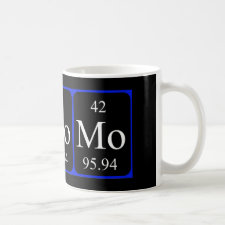
Authors: Mashinchian O, Bonakdar S, Taghinejad H, Satarifard V, Heidari M, Majidi M, Sharifi S, Peirovi A, Saffar S, Taghinejad M, Abdolahad M, Mohajerzadeh S, Shokrgozar MA, Rezayat SM, Ejtehadi MR, Dalby MJ, Mahmoudi M
Article Title: Cell-Imprinted Substrates Act as an Artificial Niche for Skin Regeneration.
Publication date: 2014
Journal: ACS Applied Materials & Interfaces
Volume: 6
Issue: (15)
Page numbers: 13280-13292.
DOI: 10.1021/am503045b
Abstract: Bioinspired materials can mimic the stem cell environment and modulate stem cell differentiation and proliferation. In this study, biomimetic micro/nanoenvironments were fabricated by cell-imprinted substrates based on mature human keratinocyte morphological templates. The data obtained from atomic force microscopy and field emission scanning electron microscopy revealed that the keratinocyte-cell-imprinted poly(dimethylsiloxane) casting procedure could imitate the surface morphology of the plasma membrane, ranging from the nanoscale to the macroscale, which may provide the required topographical cell fingerprints to induce differentiation. Gene expression levels of the genes analyzed (involucrin, collagen type I, and keratin 10) together with protein expression data showed that human adipose-derived stem cells (ADSCs) seeded on these cell-imprinted substrates were driven to adopt the specific shape and characteristics of keratinocytes. The observed morphology of the ADSCs grown on the keratinocyte casts was noticeably different from that of stem cells cultivated on the stem-cell-imprinted substrates. Since the shape and geometry of the nucleus could potentially alter the gene expression, we used molecular dynamics to probe the effect of the confining geometry on the chain arrangement of simulated chromatin fibers in the nuclei. The results obtained suggested that induction of mature cell shapes onto stem cells can influence nucleus deformation of the stem cells followed by regulation of target genes. This might pave the way for a reliable, efficient, and cheap approach of controlling stem cell differentiation toward skin cells for wound healing applications
Template and target information: mammalian cells, keratinocytes, human cells
Author keywords: nanotopography, stem cell, differentiation, smart substrate, niche, chromatin fibers, geometry, cell morphology



Join the Society for Molecular Imprinting

New items RSS feed
Sign-up for e-mail updates:
Choose between receiving an occasional newsletter or more frequent e-mail alerts.
Click here to go to the sign-up page.
Is your name elemental or peptidic? Enter your name and find out by clicking either of the buttons below!
Other products you may like:
 MIPdatabase
MIPdatabase









